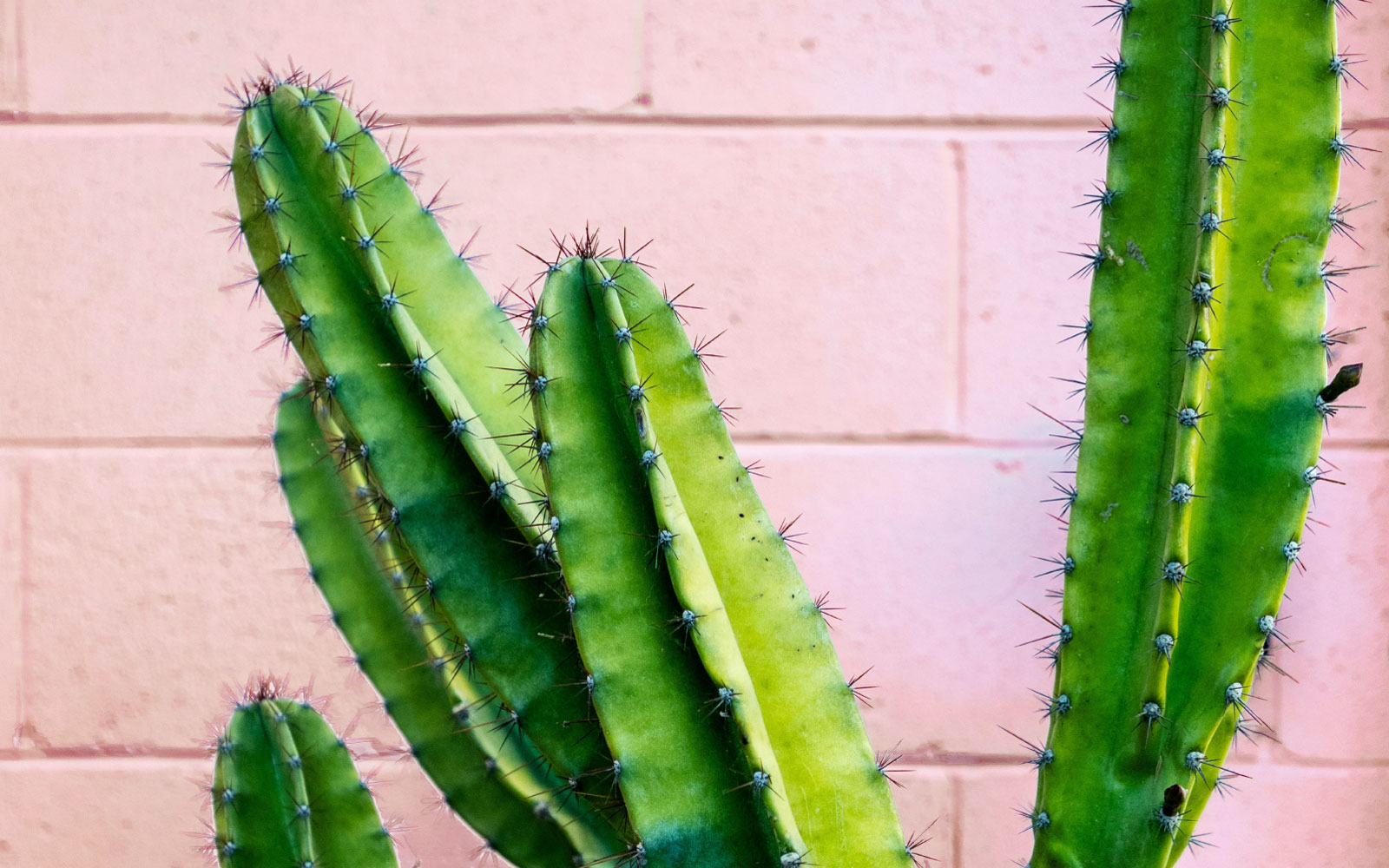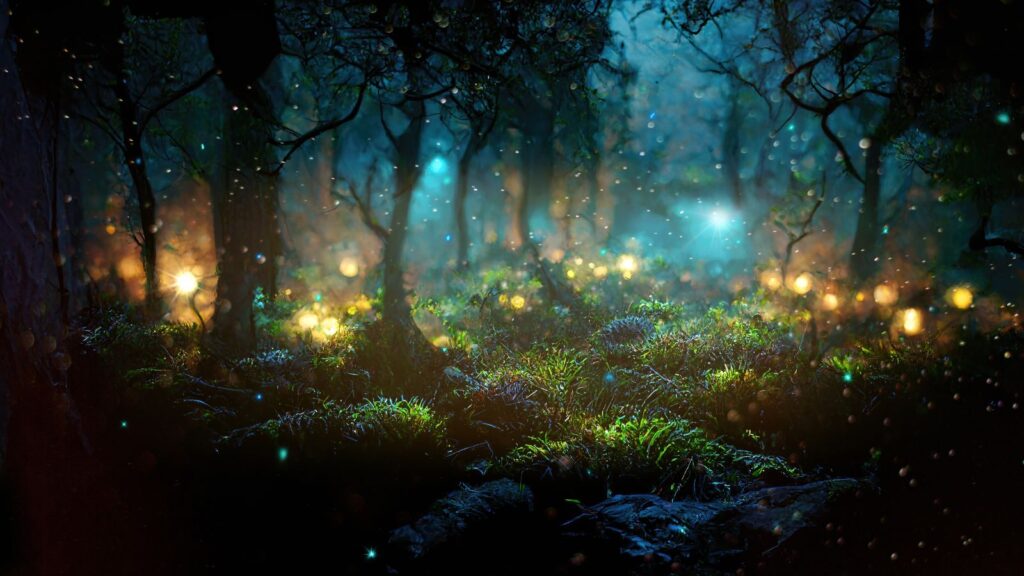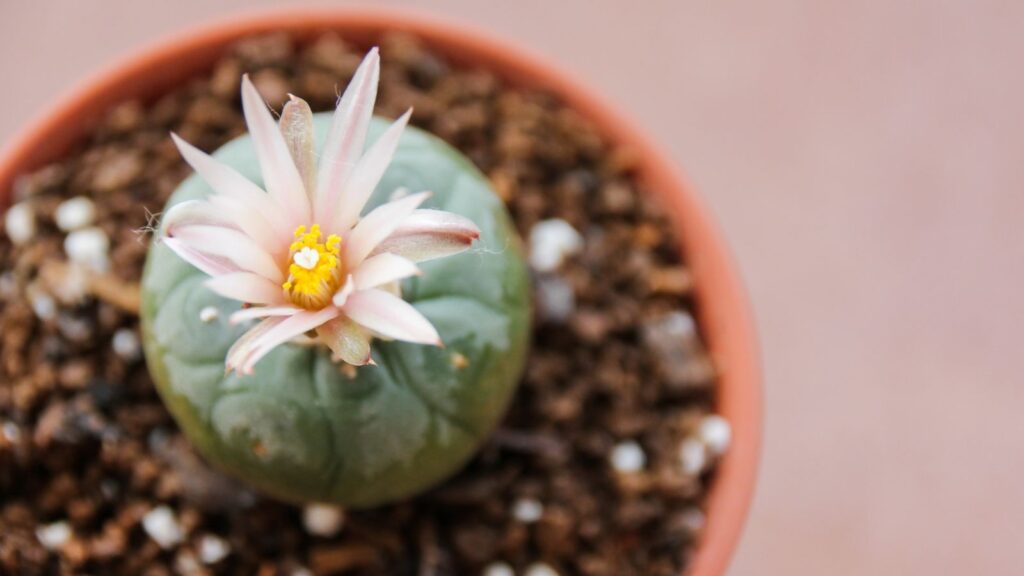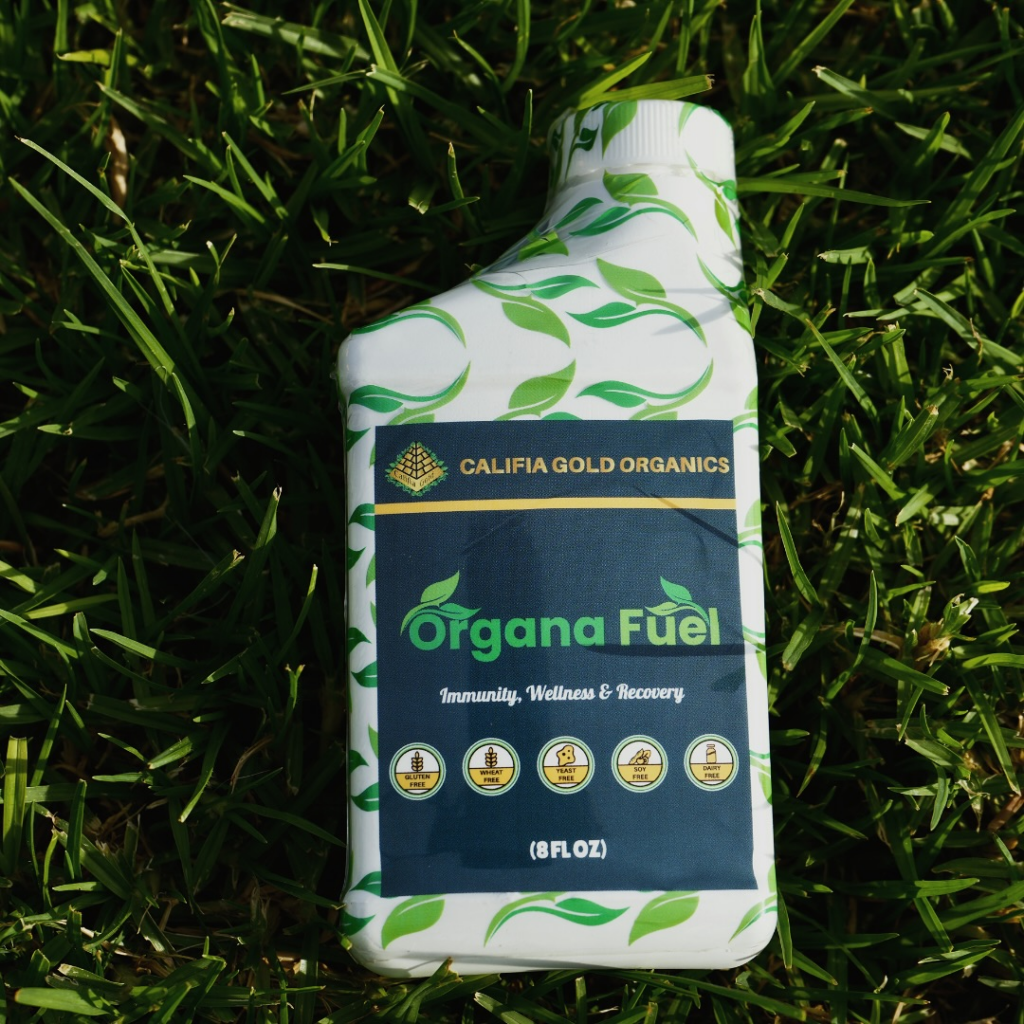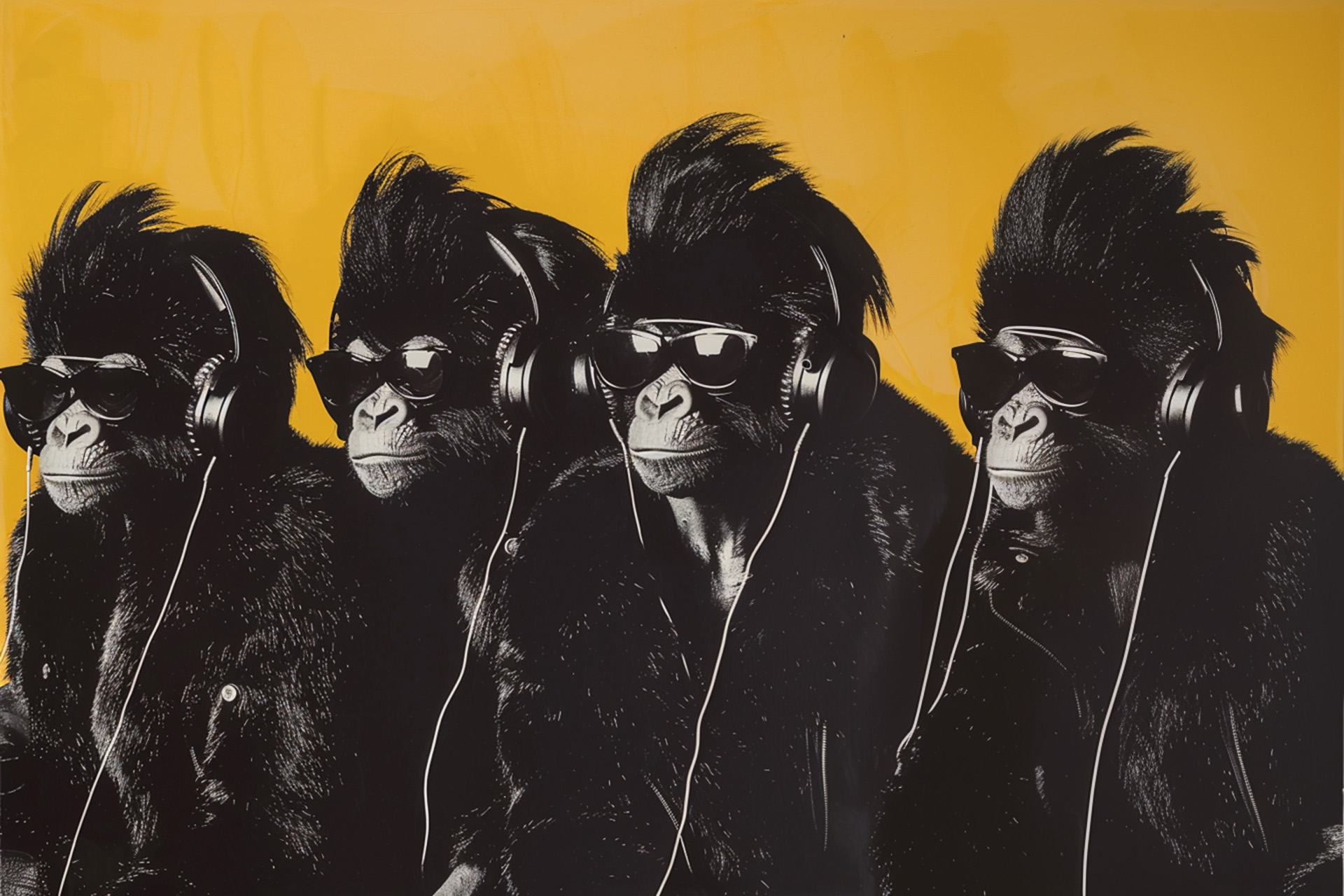Within the dawning psychedelic renaissance, mystical experiences induced by psychedelics can now be methodically examined with the tools of science. Researchers are learning more and more about how psychedelics affect the brain and their wide-ranging medical benefits in controlled clinical trials. However, humans have been using plants and fungi to alter consciousness in shamanistic settings long before scientists began investigating its chemical and medicinal properties. This is an introduction to psychedelics and psychedelic culture.
In this article, we will explore the history, culture, and meaning of psychedelics. We’ll also review the various types of psychedelics, and end with current research and clinical work on psychedelic therapy, unveiling the wide array of therapeutic benefits offered by these extraordinary substances.
Overview
Over the last half-century, several terms have been devised to describe substances that produce radical changes in consciousness. The multitude of labels reflects the ongoing and sometimes contentious conversation around these substances and their wide-ranging effects.
Psychedelic Definition
The term psychedelic was originally coined by British psychiatrist Humphrey Osmond in a 1957 letter to Aldous Huxley. The etymology of the word psychedelic is derived from two ancient Greek words, psyche meaning “mind” or “soul” and delos meaning “to reveal or manifest”. Thus, psychedelic literally means “mind manifesting” or “soul manifesting”. This term was embraced by the 1960s counterculture and is the most commonly used today. It accurately reflects that these molecules can show us what the mind is capable of, revealing subconscious dimensions not otherwise accessible to ordinary waking consciousness.
Initially, hallucinogen was the most common term and is still often used interchangeably with psychedelic. Hallucinogen broadly refers to substances that produce hallucinations. However, the term isn’t as inclusive as ‘psychedelic’, as hallucinogens do many other things besides produce hallucinations. In fact, many of the substances we’ll discuss don’t produce full-fledged hallucinations at commonly used dosages. In addition, hallucinations may be a negative symptom of other mental phenomena, including, for example, certain mental disorders and sleep deprivation.
While hallucinogen captures the potential visual aspect of the psychedelic experience, “entheogen” is a more recent term that highlights the divine dimensions of these substances and their ability to facilitate spiritual development. This term has its origins in Greek and literally means “generating the divine within.” Entheogen was popularized in 1979 by a group of ethnobotanists and mythologists that included Richard Evan Schultes, R. Gordon Wasson, Jonathan Ott, and Carl Ruck.
‘Entheogen’ underscores the ability of these substances to produce visceral experiences of the divine, and also reflects their importance in sacred contexts. This includes its use in religious ceremonies as sacraments or for divination and healing. These practices that date back millennia, even before written history. In this way, the term helps draw attention towards their ancient spiritual role and away from their psychotomimetic (psychosis-mimicking) and recreational baggage.
What is Psychedelic?
The term psychedelic has taken on its own cultural life, sometimes broadly referred to as psychedelia, which typically conveys the nature or essence of the psychedelic experience in a variety of forms. Over the decades, the psychedelic state of mind has liberally infused into styles of art, clothing, music (which may emulate the psychedelic experience itself), and much more.
Commonly, the term harkens back to the subversive counterculture of the 1960s, where psychedelics produced an expansion of awareness not just in the personal realms but in the community-based realms of politics, sociology, and more.
Psychedelics are described by Terence Mckenna as “cultural deconditioning agents.” This made them particularly threatening to established hierarchical structures in society during the 60s. They caused a lot of people to question things that were just accepted, such as the status of women, minorities, homosexuals, political conflicts, and environmental problems facing humanity as a whole. In this way, psychedelics played a pivotal role in catalyzing contemporary feminism, the civil rights movement, the antiwar movement, and the environmental movement.
What Are Psychedelics?
Broadly speaking, psychedelics are substances capable of expanding consciousness beyond normal modes of perception. In the 1954 book The Doors of Perception, Aldous Huxley describes the brain as a mental filter, or “reducing valve”, which allows the passage of only a “measly trickle of the kind of consciousness” required for survival. He states psychedelics allow the reducing valve to open, temporarily granting access to the vastness of conscious experience and the universal “Mind at Large.”
Understood this way, psychedelics are consumed not to have a drug experience, but to have a fully human experience. Psychedelics may act as transformative teaching tools, expanding awareness and opening up novel perspectives not otherwise available to the confines of the narrow ego. They allow us to step out of our narrow reference frame and drop into a broader reference frame encompassing other people and our individual place in the interconnected community.
When used under the right circumstances, they can catalyze significant personal transformation, opening up dimensions of openness in the personality and ultimately making us more tolerable and happier in the long term. However, it’s worth noting that like anything powerful, psychedelics have the potential to be misused, a fact which warrants careful and responsible experimentation.
What About Psychedelic Drugs?
While humans have been using psychedelics for time immemorial, over the last half century, psychedelic molecules have been isolated and quantified with the tools of science.
Psychedelics can be broadly divided into two different categories, the phenethylamines and the tryptamines. The phenethylamine psychedelics have a ring structure that resembles the stress hormone norepinephrine. The best known phenethylamine is mescaline, derived from the peyote cactus of the American Southwest. MDMA is also a phenethylamine, but it is classified as an entactogen, rather than a psychedelic (though it has psychedelic-like properties).
On the other hand, the tryptamine psychedelics have a chemical structure that closely resembles the endogenous neurotransmitter serotonin. The tryptamine psychedelics include LSD, psilocybin, ibogaine, and DMT.
Overall, the psychedelic drugs share a similar mechanism of action, all exerting their primary effects on the brain’s serotonin system.
Psychedelic Trip
The psychedelic trip is a highly variable experience depending foremost on the psychedelic consumed and the dose taken. For instance, microdosing LSD may lead to heightened energy and creativity, whereas macrodoses, and especially “heroic” doses, may lead to full-blown mystical experiences.
In general, mystical experiences have several common attributes. This includes:
- Internal and external unity (ego death)
- Transcendence of time and space
- A sense of sacredness
- Euphoria
- Ineffability
- Paradoxicality
- A “noetic quality”, or an enduring conviction that important truths or insights have been revealed.
Besides the drug taken, the quality of a psychedelic trip is highly sensitive to “set and setting”. The term set and setting is attributed to Timothy Leary and refers to the inner and outer environments in which a psychedelic experience takes place. “Set” is short for mindset, or the mental landscape that is brought to the experience. This includes our unique personal history, our present psychological makeup, and our future expectations, all of which influence the drug’s effects.
The “setting” is the physical and social environment and atmosphere in which the experience takes place. With either of these factors out of balance, the psychedelic experience has a higher chance of going undesirably, to say the least.
History of Psychedelics
The use of plants, mushrooms, and animals for their psychedelic properties predates written history, and possibly even the emergence of Homo sapiens. Psychedelics have played an integral role in ancient cultures throughout the world. Within these cultures, they’ve been fundamental to healing, inspiring artistic and spiritual creativity, maintaining social solidarity, and opening up realms of the imagination not otherwise accessible.
Over the past half-century in the United States, psychedelics have undergone a peculiar evolution in the mainstream from being wonder drugs, to horror-inducing chemicals, to nothing, and now recently, back towards wonder drugs with exciting therapeutic applications.
It’s important to note that the deficiency of research on psychedelics in the past half-century wasn’t a result of a lack of scientific interest, but instead happened as a result of political forces that manifested in the 1960s and 1970s. Indeed, in the mid-20th century, psychedelic research demonstrated extraordinary potential for mental disorders and addiction, particularly alcoholism. In addition, LSD’s effects on the serotonin system transformed our understanding of neurotransmitter receptor systems, ushering in the modern era of biological psychiatry.
However, once LSD escaped the laboratory and became widespread in the anti-establishment counterculture of the 1960s, the US Congress passed a law in 1970 that made LSD and other psychedelics illegal, classifying them as Schedule I substances with high potential for abuse and no accepted medical uses. An effective smear campaign accompanied the 1970 passage of the Controlled Substances Act, which instilled fear and anxiety with scare stories and other negative propaganda aimed at undermining their therapeutic value. With that, research money dried up, and highly effective research was ground to a halt despite psychedelics being a psychiatric linchpin for decades.
Scientific research into psychedelics has excitedly accelerated in recent years and scientists are more and more eager to reconsider the therapeutic potential of these drugs. A new renaissance of clinical research is taking place in several universities across the United States. Psilocybin has been center stage in this recent resurgence of psychedelic interest, in part because it lacks the countercultural baggage that LSD has.
Armed with a brief historical rundown of psychedelics, let’s take a look at the major types.
Types of Psychedelics
The following sections highlight the various types of psychedelics that are commonly used to produce a psychedelic experience. Reality Sandwich has comprehensive substance guides for most, if not all, of the following psychedelics mentioned.
Psychedelic Mushrooms
Psilocybin mushrooms
There are more than 200 species of mushrooms that contain the psychoactive compounds psilocybin and psilocin. Psilocybin is the main psychoactive compound that binds to and activates serotonin 5-HT2A receptors in the brain. Upon ingestion, the body removes a phosphorus atom from psilocybin, which turns it into psilocin.
The most commonly consumed and cultivated psilocybin-containing mushrooms come from the Psilocybe genus, which comprises approximately 200 gilled mushrooms, roughly half of which contain psilocybin and psilocin. Psilocybes can be found growing in the wild throughout the world. Some of the most common include Psilocybe cubensis, Psilocybe cyanescens, Psilocybe semilanceata, Psilocybe azurescens, and Psilocybe aztecorum. The Aztecs referred to the last one as “teonanácatl” or “flesh of the gods.” Several other genera contain psilocybin such as Inocybe, Gymnopilus, and Panaeolus.
While psilocybin has made a recent resurgence in human clinical trials for treating end-of-life anxiety, addiction, and mood disorders, their use in religious and spiritual ceremonies extends millennia beyond this, even predating recorded history.
Amanita Muscaria
Amanita muscaria, also known as the Fly Agaric, is a red-capped, white-speckled mushroom that forms symbiotic relationships to fir and birch trees. This mushroom has a long history of ancient use, particularly in Siberian shamanism and European folklore.
The ethnomycologist R. Gordon Wasson found that it was a critical component in the Vedic brew called soma, a brew used in ancient Indian religious ceremonies for over 4,000 years. Rather than psilocybin, its psychedelic properties are conferred by muscimol and ibotenic acid.
Psychedelic Plants
Salvia
Salvia divinorum, or commonly “Salvia”, is a perennial plant of the mint (Lamiaceae) family native to the Sierra Mazateca highlands in Oaxaca, Mexico. It has a long history of use as a divinatory psychedelic by the Mazatec shamans, who consume it for religious and spiritual healing purposes.
Over a thousand species of Salvia have been documented, but only Salvia divinorum possesses psychoactive properties due to the presence of a diterpenoid known as salvinorin A in the leaves. Salvinorin A was identified in the 1990s by a team of ethnobotanists led by Daniel Siebert. It is classified as a dissociative hallucinogen and produces its short-lasting effects by binding to kappa opioid receptors. The leaves are typically smoked, chewed, or ingested in the form of an infusion.
Ibogaine
Ibogaine is a psychedelic tryptamine found in plants of the Apocynaceaea family, such as Tabernanthe iboga, Voacanga africana, and Tabernaemontana undulata. The molecule was first synthesized in 1956, but it has a long history of natural use in African spiritual ceremonies, particularly within the Pygmy tribe of Central Africa.
Ibogaine is most commonly prepared by extracting it from the roots of the iboga shrub, native to West Africa. In small doses, it acts as a mild stimulant. At larger doses, it acts as a potent dissociative psychedelic, producing effects that are described initially as dreamlike and visionary, then later on as introspective. Once consumed, the effects can last up to 24 hours. Research has shown ibogaine contains significant anti-addictive properties, especially for opioid addiction, cravings, and withdrawal. Ibogaine produces its effects by interacting with multiple neurotransmitter systems.
N,N-DMT
N,N-dimethyltryptamine is a tryptamine molecule present in a wide variety of plants and produced endogenously by the pineal gland in animals. DMT produces an intense, rapid-onset, and short-lasting trip sometimes called the “businessman’s trip.”
It has been used by various cultures as an entheogen and sacrament in religious ceremonies. N,N-DMT can be inhaled, ingested, or injected, and like the other tryptamine psychedelics, binds to serotonin 5-HT receptors. In the 1990s, the psychiatrist Rick Strassman extensively studied N,N-DMT and nicknamed it “the Spirit Molecule.”
Ayahuasca
Ayahuasca is a Quechua word that translates to “vine of souls” or “vine of the dead”. It is a prepared psychedelic beverage made from a synergistic gathering of plants native to the Amazon basin. This includes Psychotria viridis and Banisteriopsis caapi, whose tissues are rich in DMT and beta-carboline alkaloids, respectively.
The DMT (N,N-dimethyltryptamine) found in Psychotria viridis (chacruna) is deactivated by digestive enzymes when taken alone, but Banisteriopsis caapi prevents this through its action as a monoamine oxidase inhibitor (MAOI). Ayahuasca plays an integral and ongoing role in the spiritual life of indigenous people in the montane rain forest of South America.
5-MeO-DMT
5-MeO-DMT (5-methoxy-N,N-dimethyltryptamine) is a potent, short-lasting psychedelic compound naturally found in certain plants native to South America as well as in the venom of the Sonoran desert toad (Incilius alvarius) found in northern Mexico and the southwestern United States.
5-MeO-DMT derived from plants like Anadenanthera peregrina (yopo) is typically made into a snuff, while the toad venom is typically smoked. 5-MeO-DMT is used as a sacrament in South America. The compound was first synthesized in 1936 and not made illegal until 75 years later.
Psychedelic Cactus
San Pedro
San Pedro cactus, or Echinopsis pachanoi, is a cactus native to the Andes mountains in South America but cultivated in many other parts of the world. It is a fast-growing, columnar cactus that contains a wide variety of psychedelic alkaloids, but most notably mescaline.
Historically, San Pedro has been used by Andean shamans in religious ceremonies, who called it materia prima, or “primordial soup of the cosmos”. Its psychedelic effects, which last up to 10 hours, are described as stimulatory and empathogenic.
Peyote
Peyote (Lophophora williamsii) is a small, spineless New World cactus native to Southern Texas and Mexico. Like San Pedro, Peyote’s main psychoactive component is mescaline, which was isolated from peyote in the 1890s by German chemists. The peyote buttons are typically eaten whole in dried form or made into a tea.
The effects of peyote are similar to LSD and psilocybin and typically last four to eight hours. Peyote is commonly used by Native American shamans in religious ceremonies. Indeed, ceremonial use of peyote by Native Americans is legal under federal law with the 1978 passage of the American Indian Religious Freedom Act.
Peruvian torch
Peruvian torch (Echinopsis peruviana) is a columnar cactus native to Peru, along the western slope of the Andes. Peruvian torch closely resembles San Pedro and is also known for its quick growth rate.
Like San Pedro and Peyote, Peruvian torch contains mescaline, albeit in lower quantities than the others. Peruvian torch has a long history of ceremonial use, dating back thousands of years to the pre-Inca culture where it was used by Chavin monks (900-200 BC).
Semi-Synthetic Psychedelics
Semi-synthetic psychedelics refers to psychedelics that are synthesized from natural precursors.
LSD
LSD, or lysergic acid diethylamide, or just “acid”, is a semi-synthetic psychedelic compound first synthesized by Albert Hofmann at Sandoz Laboratories in 1938. LSD was the 25th lysergic acid derivative synthesized from the alkaloids produced by ergot, a fungus that grows in grains of rye. Following its discovery, the compound was shelved when it was found to not contain the expected medicinal properties in animal studies. However, Hofmann resynthesized LSD-25 five years later, and in the process, accidentally ingested a small quantity and discovered its psychoactive effects.
After its effect profile was fully understood, Sandoz began marketing LSD as a psychiatric drug called Delysid. Delysid was widely available to researchers until it was outlawed in 1966 once it escaped the laboratory and became widespread on the black market. Similar to psilocybin and DMT, LSD is a tryptamine molecule that binds to serotonin 5-HT receptors, but it is unique in that it is psychoactive in doses of millionths of a gram.
4-AcO-DMT
4-AcO-DMT, or O-Acetylpsilocin, is a semi-synthetic psychedelic tryptamine. It is theorized to be a prodrug (acetylated version) of psilocin, one of the main psychoactive alkaloids in psilocybin mushrooms. As such, the cognitive effects of 4-AcO-DMT are highly similar to those of psilocybin mushrooms.
4-AcO-DMT is ingested orally or insufflate, with effects lasting up to six hours. Given its structural similarity to psilocin, the pharmacologist David E. Nichols has suggested it can be a useful alternative to psilocybin for pharmacological studies.
Synthetic Psychedelics
Synthetic psychedelics are made in laboratories and are not derived from natural substances. When they are functional analogs of controlled substances, they are referred to as “designer drugs.”
25I-NBOMe
25I-NBOMe, commonly known as “N-Bomb” or just “25I”, is a potent synthetic psychedelic first synthesized in the early 2000s as part of the thesis work of German chemist Ralf Heim. In 2007, David Nichols was the first person to make 25i-NBOMe in America when he was leading a research team at Purdue University.
25I has been used in biochemistry research for brain mapping of the serotonin receptor system, but once it escaped the laboratory it became a popular alternative to LSD. Indeed, 25I has a similar effect profile and route of administration (oral via blotter). 25i-NBOMe was made illegal in most parts of the world after being connected to a series of fatal overdoses.
2C-Family
The 2C-Family (substituted dimethoxyphenethylamines) is a group of synthetic phenethylamine psychedelics first synthesized by Dr. Alexander Shulgin in the 1970s and 1980s. They range from being inactive to fully psychedelic. The majority of 2C compounds show affinity for different subtypes of serotonin 5-HT receptors, while some interfere with neurotransmitter reuptake.
One of the best-known drugs from the 2C-Family is 2C-B, which gained popularity in the 1980s as a legal ecstasy replacement. It was added to Schedule I in 1994. Little to no human research has been conducted on the 2C compounds, so much of the information concerning safety and effects is anecdotal.
Psychedelic Research
A new renaissance of research is taking place in several universities across the United States, most prominently at Johns Hopkins University, UCLA Medical Center, New York University, and University of New Mexico. Outside of the United States, Imperial College London and University of Zurich are also leading the way with pioneering studies into the action and clinical use of psychedelics for disorders like depression.
Johns Hopkins University in Maryland is at the forefront of much of this research with psilocybin. Rolland Griffiths and colleagues have been studying how psilocybin can help alleviate palliative care and end of life distress in terminal patients. When the participants were assessed six months after psilocybin treatment, about 80 percent of the patients were significantly less clinically depressed and anxious than before the treatment. Some participants lost their fear of death entirely.
Mounting evidence supports that psilocybin can be used to safely treat a wide range of other psychiatric conditions. In addition to end-of-life anxiety and depression, psilocybin treatment is showing promising results for obsessive compulsive disorder, drug addiction, and treatment-resistant depression. Research in healthy volunteers is being conducted to understand how psilocybin and psilocin affect brain connectivity and activity. In addition, some trials have given psilocybin to long-term meditators and religious professionals to see how the drug can assist spiritual practices.
Given the promising findings coming out of recent psilocybin research, The FDA has granted ‘Breakthrough Therapy’ designation for studying the effects of psilocybin. This will substantially accelerate the process of drug development and review.
Most of the funding for psilocybin trials being conducted in America is being provided by the Heffter Research Institute, a nonprofit established in 1993 that, since the late 90s, has played a pivotal role in the revival of psychedelic research.
Psychedelic Therapy
Psychedelic therapy refers to therapeutic practices involving the use of psychedelics, typically psilocybin, LSD, ayahuasca, and MDMA. Psychedelic therapy may be conducted in academic settings, privately alongside psychotherapy practitioners, or in a DIY manner.
Psychedelic therapy sessions cover the duration of the drug’s effects, and typically involve high doses to produce mystical peak experiences. The experiences of unity (ego dissolution), transcendence of time and space, and novel insights into deeply-ingrained behavioral patterns all serve to produce long-lasting psychological change in patients. In this way, psychedelic therapy can help to resolve problems at their core by opening up a window of plasticity to learn new ways of thinking and behaving. This is in contrast to traditional pharmacological therapies, which are aimed at merely symptom management.
To optimize set and setting, psychedelic therapy sessions are commonly conducted in homey living room-like environments. Patients are given eye shades, headphones, and a carefully curated playlist of instrumental music, all with the intention of having the patient direct their attention inward throughout the journey. Session monitors are also present to provide reassurance if any fear or anxiety arises at any point in the experience.
Psychedelic therapy originated with the British psychiatrist Humphrey Osmond in the 1950s and 1960s, who administered LSD to alcoholics and found 50% success rates after a single high-dose session. Recent studies have utilized psychedelic therapy for mental disorders such as depression, end of life psychological distress, addiction, obsessive-compulsive disorder, and post-traumatic stress disorder, all with extremely promising results.
With respect to PTSD, MAPS is currently investigating MDMA-assisted psychotherapy for chronic sufferers. In the highly successful phase II trials, 68% of the 107 participants no longer had PTSD when assessed as a 12-month follow-up session. Recently, the FDA designated it a Breakthrough Therapy, and phase III protocol designs have been established. Overall, as psychedelic therapy makes its way from the underground to an above-board practice, it may very well serve to revolutionize mental health care.
Psychedelic Integration
A profound psychedelic experience is often likened to a few years of psychotherapy condensed down into a few hours. These experiences can thoroughly shake up our ordinary models of the world, fostering complex thoughts and feelings that may require a thorough analysis. No matter the emotional valence, the experience often maintains an ineffable quality that makes it difficult to fully unpack until psychedelic integration occurs.
Psychedelic integration is the process of making sense and meaning of previous psychedelic experiences. It is typically done with the help of a mental health professional, psychedelic integration coach, or internally on your own time. Ultimately, psychedelic integration is undertaken to manifest actual changes in daily life. This may involve the healing of trauma, recovering from addiction, making the unconscious conscious, understanding a spiritual awakening, or more broadly, developing new perspectives on oneself and the world.
In clinical settings, patients typically build rapport with a session monitor prior to the psychedelic experience to establish trust. Then, integration occurs after the experience is over, usually on a weekly basis for several sessions. In private practices, integration may be a gradual unfolding that could take several months to complete. Given that the majority of patients in psychedelic studies describe their trip experience as one of the top five most spiritually significant events of their lives, psychedelic integration is a crucial aspect to maximizing the learning potential of such an important experience.
